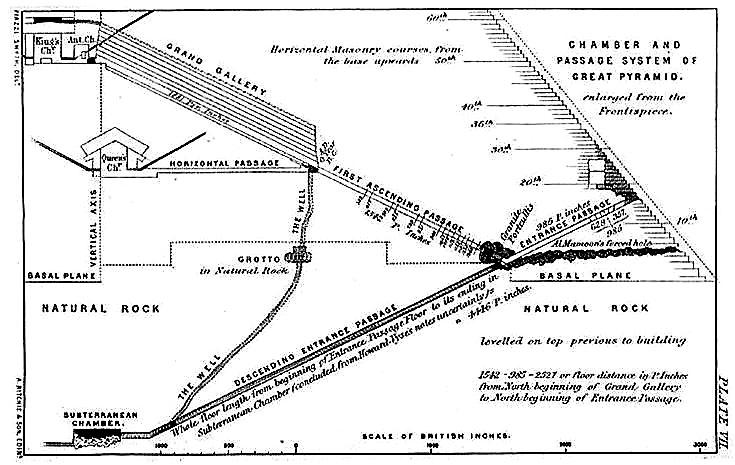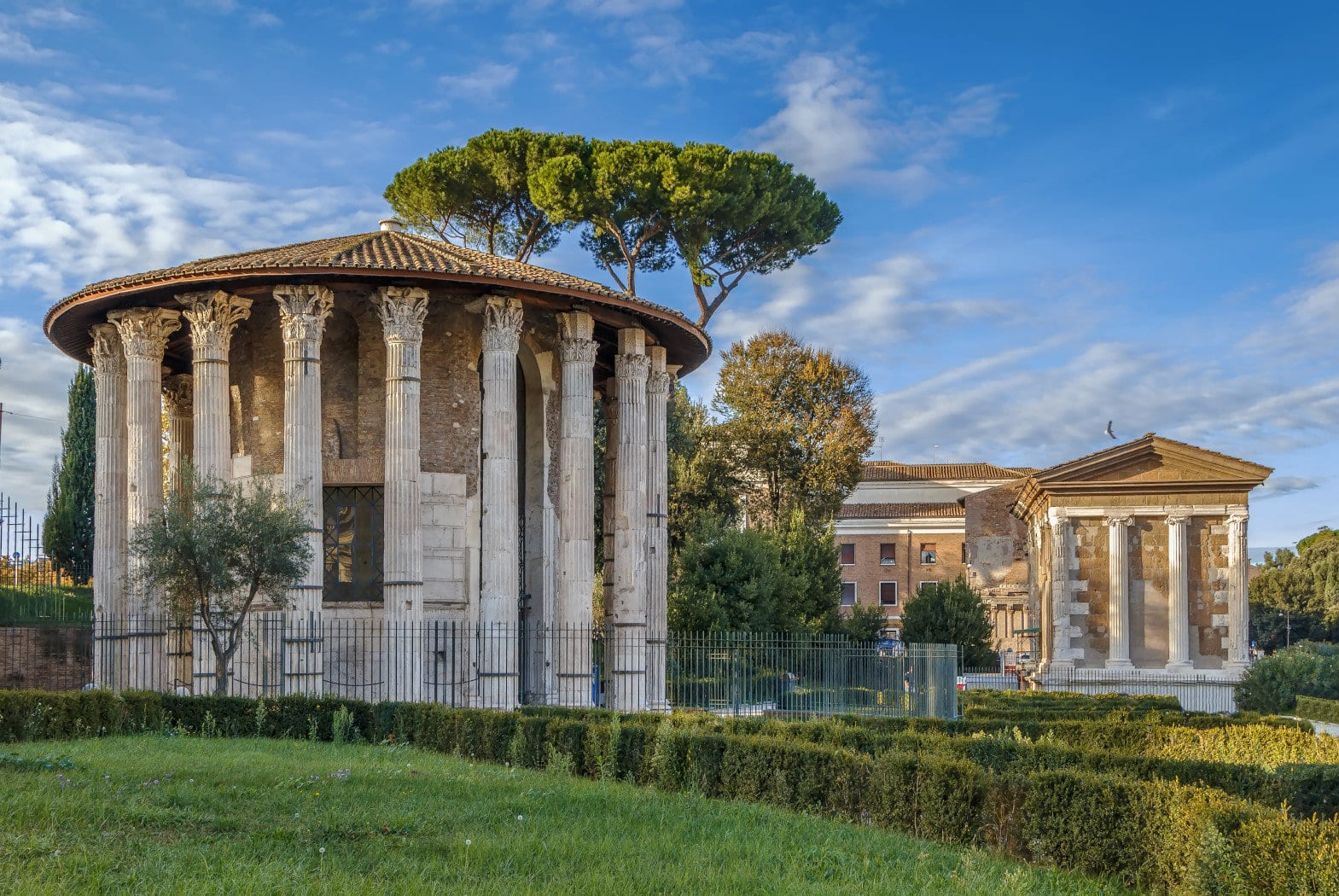Thinking Architecture: Greece and Rome
Thinking Architecture: Greece and Rome
Architecture has the power to portray and be so many things. There is no better example of this in my own opinion than the ancient world. Then, architecture was a necessity, it felt with everything from the storage of food to the basis of religion. Architecture has been a driving force of both power and freedom in the ancient world, and has been used to empower or disenfranchise the people for many different reasons. In this blog I will take a variety of different ancient architectural wonders and explore their architectural complexity, their ancient meaning and how architecture effected that meaning.
Lets first look at how architecture in the ancient world was used to show power and wealth to the people, even after that particular person had died. The most common and well known of this form of architecture are the pyramids in Egypt and the north coast of Africa. The most famous of these being the Pyramids of Giza, the oldest being the pyramid of Khufu which began construction around 2500BCE. These monoliths were a testament to the ancient Pharaoh's of Egypt, who needed burial chambers fit to match their rule while they were still alive. What complexity the pyramids lack on the outside is present on the inside. Each pyramid was to be a vessel to carry a Pharaoh and most of his belongings to the afterlife, which required a lot of meticulous planning and organisation. To a simple peasant in Egypt, these pyramids would have only solidified the idea that these rulers had to have been gods. Even to this day, we still look upon the pyramids in awe, maybe that is something we should try to think about in our own designs; obviously not huge monoliths of power, but something that will make visitors let out a little gasp and remember it as one of the most significant buildings they will ever visit.


Staying in Egypt we look at how complexity and skill were portrayed through architecture in the ancient world. for this i take a look at the Great Temple of Amun Karnak.


This vast sprawling temple complex is a marvel of ancient planning and dedication to their religions. It just shows how architecture is used time and time again to show ones devotion and skill. Wherever you go in this complex you will come across highly detailed statues and sculptures which would have been painstakingly hard to carve out of the solid sandstone of which most of the temple complex was made from. It is also a impressive example of urban planning and knowledge.
Heading away from Egypt, we go to the two civilisations which are the main focus of the blog and what could be argued the most influential civilisations at least in the west, but quite possibly the entire planet. Ancient Greece, the birthplace of democracy, but also a time of constant war and conflict; of which we get the great works of Homer with his contribution to what is now our theatrical industry. It is also a place of great devotion to their gods while also remaining relatively open minded with the likes of Socrates, Plato and Aristotle. Ancient Greece could also be called the birthplace of classical architecture and the influence for many significant buildings in the future.
To understand Ancient Greek architecture you must first understand the culture. Ancient Greece was not a single country but a mix of hugely different city states settled around the Aegean Sea. From the authoritarian monarchy of Sparta to the budding democracy of Athens, the architecture varied in style and scale. However, there was a common understanding of social order and order within the standard practices of architecture at the time. The Classical period was home to five orders: Tuscan, Doric, Ionic, Corinthian and Composite; and much like the city states they came from, were wildly different.

The Tuscan order was simple, roster but had an emergence of a proportional system within architecture. The Capitol of these pillars were also quite plain.
The Doric order started getting more complex, introducing fluting along with a highly intricate and precise design. Here is where we start to see an increasing level of adornment.
The Ionic order had an even further intricate design and the capitol saw the introduction of a spiral adding even more complexity to the design.
The Corinthian I the most ornate and intricate of all the orders, with very ornate carved stone and a highly detailed capitol with symbolic references adorning it.
The Composite order was a more restrained version of the Corinthian order, taking the most successful aspects of each of the previous orders and combining them.
These orders would be common place in the ancient world of architecture, and people could tell the dates and style of the buildings based solely on the columns themselves. It could be seen as mans ever growing need to take something and making it more complex, as if to show off his own skill to others.
You could say that the Ancient Greek architecture is a lot like their people. Sparta took a less ornate approach to its buildings as they believed that the extravagance did not matter to a nation which prides itself on its strength. Athens, as it lacked military strength, prided itself on its more philosophical and intellectual approach to life. This is reflected in one of the most famous Ancient Greek buildings their is, the Parthenon. it used a clever optical correction system, which corrected the scale so that people on the ground could see the ornate friezes and designs of the impressive building without being interrupted by the huge scale.

The Parthenon was an interesting building as it was built as a temple to the Patron goddess of the city Athena (Athene) hence how Athens got its name. It also acted as a treasury for Athens and a key monument to their own success. Architecture for the Ancient Greek world was one of worship but also a way for city states to show off their power and wealth to their other Aegean rivals.
Then we have Rome. What some consider the true birthplace of western culture and a idea that would see most of Europe, Northern Africa, the Mediterranean and a significant portion of the Middle East come under a one ruler system for around half a millennia. Early Roman architecture took a lot of inspiration from Greek culture, of which they admired heavily and also felt jealousy for. They also gained a lot of this from Etruscan settlers living in Italy, who had emigrated from Greece to Italy hundreds of years before.
An example of this influence can be seen in the Temple of Juno Sospita Lanuvium:
Rome did begin to establish its own style of architecture, characterised by the tall structure with an open section at the front which is then closed off for the temple inside. An example of this is the Temple of Fortuna Virilis and the Forum Boarium.


Rome then began to look outwards towards its neighbours, quelling opposition and taking control of vast areas of land. Rome then realised that they could use Architecture as a tool of both propaganda and also control. Rome began spreading its architectural style throughout the empire, so that it would appear that Rome had always been a part of these regions, even if they had not. It also showed to the Roman people that Rome was there to settle, and that these conquests were not for nothing.
However, Rome's architecture did not just show power, but was to keep the people of Rome happy and in line. The Theatre of Marcellus dedicated by Augustus, Romes first emperor, for the people to get entertainment and also see him as a emperor for the people. Similarly they grand scale of the Colosseum would have been a spectacular sight, and an exciting atmosphere for the citizens of Rome to attend.
Rome also inherited the same aspirations as the Greeks, for a need to make complex structures, to test what was possible at the time. The Pantheon in my opinion, is one of the most magnificent and structurally complex buildings of the ancient world, and is truly a feat of engineering skill.


Rome also used architecture to create a better quality of life, through the construction of aqueducts and sewers and the integration of bath houses and underfloor heating. Rome for all its floors knew how to use architecture.
The ancient world, and in particular Rome, realised the potential and importance of architecture and most certainly put it to good use. Ancient Greek and Roman architecture pushed passed what people believed what was possible and created brilliantly complex and magnificent buildings that then world would ever see. I believe that if we as architects should take anything away from the classical style, it would not be the use of columns or the huge scale, but the idea that they didn't stop challenging themselves; they kept growing and taking inspiration from others as they went to further their own style. It is that urge for greatness that these people had, the urge to be better that the rest and the urge to build for the future that we must all learn to use. Architecture is only as good as its architects, which says something about the architecture of Greece and Rome, which are still present to this day.
This form of architecture was born from the intellectual ideas of the time, and evident is the precise and conscious practice of their architecture. Therefore, you could call this style not only Classical, but a form of thinking, literal thinking architecture.
"The worst mistake you can make is to give up on yourself and stop challenging yourself for fear of failure. Keep moving forward with a firm eye on the future"
- Daisaku Ikeda
Comments
Post a Comment